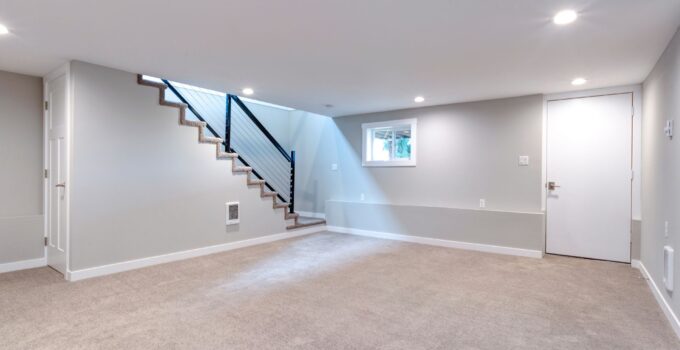Basements often suffer from humidity issues, making them a breeding ground for mold. Unchecked moisture can lead to structural damage and unhealthy living conditions. It’s crucial to prevent water intrusion and moisture buildup to keep spaces dry and mold-free.
Let’s explore how you can keep your basement dry by focusing on essential waterproofing methods, and why it’s important to act before mold becomes an issue.
Key Points
- Proper drainage around your home can prevent moisture from entering.
- Waterproofing your basement should include interior and exterior methods.
- Mold thrives in damp and dark spaces, making it a priority to control moisture.
- Professional basement waterproofing can offer long-term solutions to moisture problems.
- Regular inspections help in catching moisture-related issues early.
The Importance of Waterproofing for a Healthy Basement
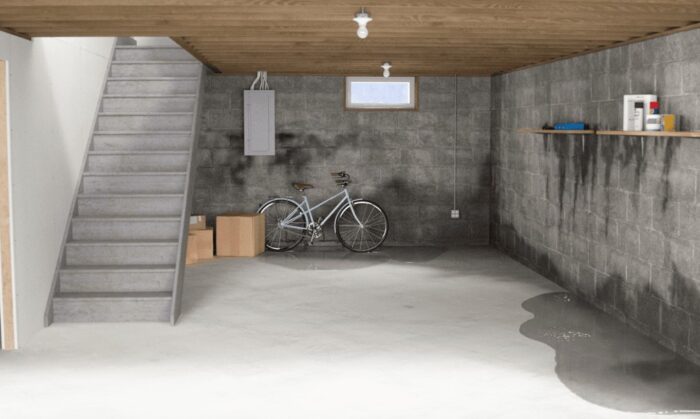
Source: usstn.com
Moisture can enter through various paths—cracks, window wells, or through the soil. Each entry point needs a specific solution to prevent damage. You should avoid letting your basement turn into a breeding ground for mold by taking proper action. An essential first step is managing water flow around your home.
Water should drain away from the foundation, not toward it. Gutters and downspouts that lead water away prevent it from entering. Keep them clean and functional. Inspect the exterior for signs of cracks or uneven surfaces where water can accumulate.
Sometimes, the issues aren’t visible on the surface. That’s where professional basement waterproofing can make a difference. Experts, like those from Basement Waterproofing, can assess your space, identify potential risks, and install systems that prevent future water issues. Professional basement waterproofing goes beyond DIY solutions and ensures long-term results.
How Mold Thrives in Wet Conditions
Mold loves moisture. It grows when humidity levels stay high, especially in dark spaces. The spores, once airborne, can cause respiratory issues and other health concerns. You might not even see the mold growing until it’s too late. Stains, musty odors, or peeling paint often hint at a problem. To prevent mold, it’s essential to control humidity levels.
One way to do that is by using a dehumidifier, which reduces the amount of moisture in the air. For areas that already suffer from leaks, the dehumidifier alone won’t be enough. Address the source of the problem directly by ensuring that water doesn’t enter in the first place.
Methods for Interior Waterproofing
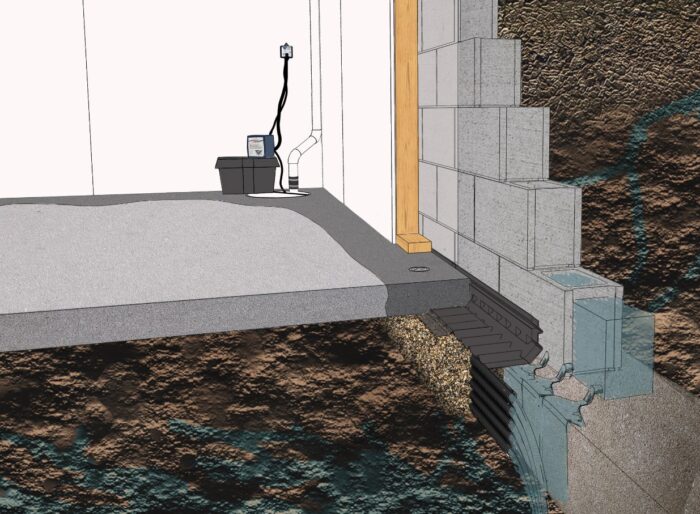
Source: safebasements.com
Interior solutions typically include sealing any visible cracks and applying coatings that repel water. These products create a barrier between the outside moisture and your walls, but they are more of a temporary solution for minor issues.
You can also consider installing an interior drainage system, which collects water before it enters the living space. These methods work well for basements with minimal water problems, but they won’t fix larger issues where the structure itself allows water in.
Sump pumps are another key element in interior waterproofing. They actively pump water out and away from your foundation. If your basement regularly collects water after heavy rains, a sump pump could be the answer.
Exterior Waterproofing Methods
Exterior solutions are more extensive and long-lasting. They involve working on the outer foundation of the home, addressing the core of the issue. This method includes applying a waterproof membrane to the exterior walls, installing drainage tiles to redirect water, and regrading the surrounding landscape.
An exterior membrane blocks water from seeping through the foundation walls. Though it requires digging around your home, this solution protects the foundation for years. In some cases, gravel layers are added to improve water flow away from the foundation.
By combining interior and exterior waterproofing methods, you can achieve a dry and mold-free basement even during the worst weather conditions.
Why Waterproofing Isn’t Just About the Basement
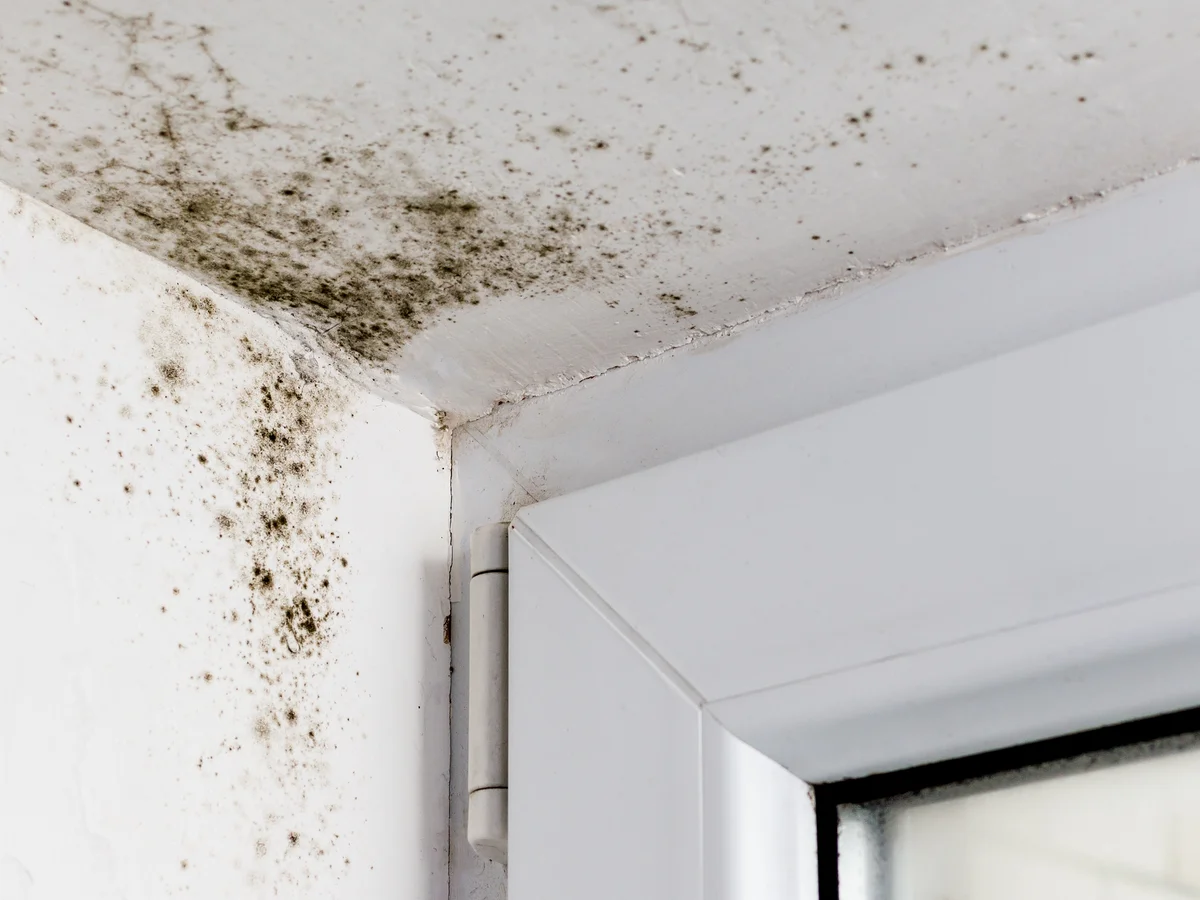
Source: theguardian.com
Waterproofing isn’t only about keeping one space dry. The moisture that accumulates can travel upward, affecting the rest of the home. Mold spores can easily spread, and moisture can cause wooden beams and drywall to rot. Structural integrity could be at risk if left unchecked.
Preventing moisture entry ensures the overall health of your home. It also preserves the value of the property. Basements that are kept dry add to the square footage of usable living space, which increases your home’s market value. A well-maintained basement can serve as an extra bedroom, entertainment space, or even a storage area.
Essential Maintenance Tips
- Regular inspection – Check the exterior and interior for cracks or leaks at least twice a year.
- Gutter and downspout care – Keep them free from debris and ensure they direct water away from the home.
- Control humidity – Install a dehumidifier, especially in areas prone to moisture buildup.
- Monitor weather patterns – After heavy rain, look for any signs of water intrusion to address issues quickly.
- Address cracks immediately – Even small cracks can lead to big problems if ignored.
FAQ Section
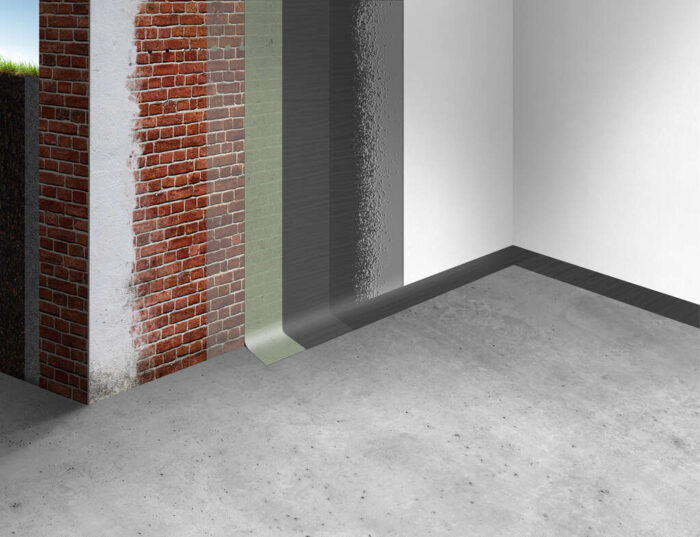
Source: schomburg.com
How often should waterproofing be inspected?
Inspect both interior and exterior waterproofing systems at least twice a year, especially after heavy rainfall.
Can waterproofing be a DIY project?
DIY waterproofing can work for minor cracks or leaks, but professional installation is recommended for long-lasting solutions.
Does waterproofing solve mold problems?
Waterproofing prevents the conditions that allow mold to thrive, but existing mold must be removed separately.
What are the warning signs of basement moisture?
Musty odors, peeling paint, or visible mold are clear indicators of moisture problems.
Is exterior waterproofing necessary for every home?
Homes in areas with heavy rainfall or poor drainage benefit the most, but even homes in drier climates should be assessed for potential risks.
Conclusion
Basements often face the challenge of moisture accumulation, leading to issues like mold. Addressing the problem before it escalates is essential for maintaining a healthy living environment. By implementing proper waterproofing solutions—both interior and exterior—you can prevent water from entering the space and eliminate the conditions mold needs to grow.
Regular maintenance and professional solutions offer long-term peace of mind and protect the integrity of your home.
Table of Content

